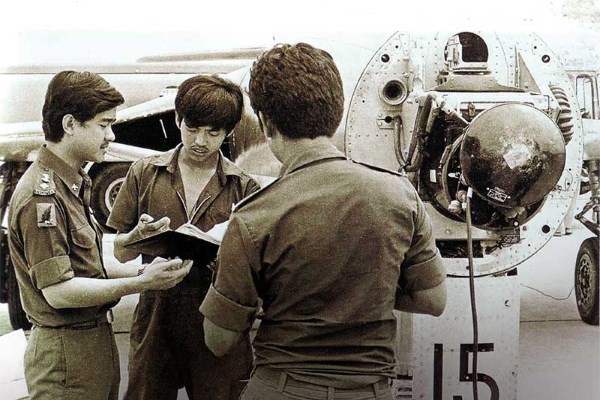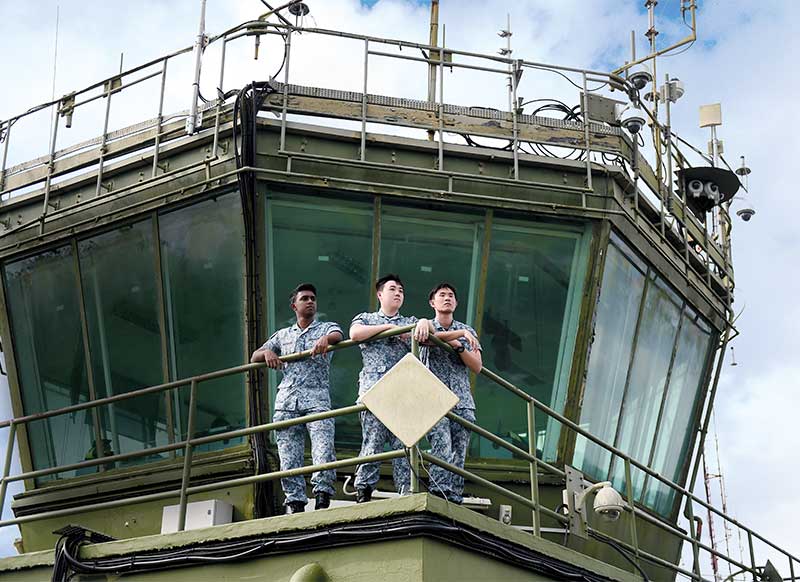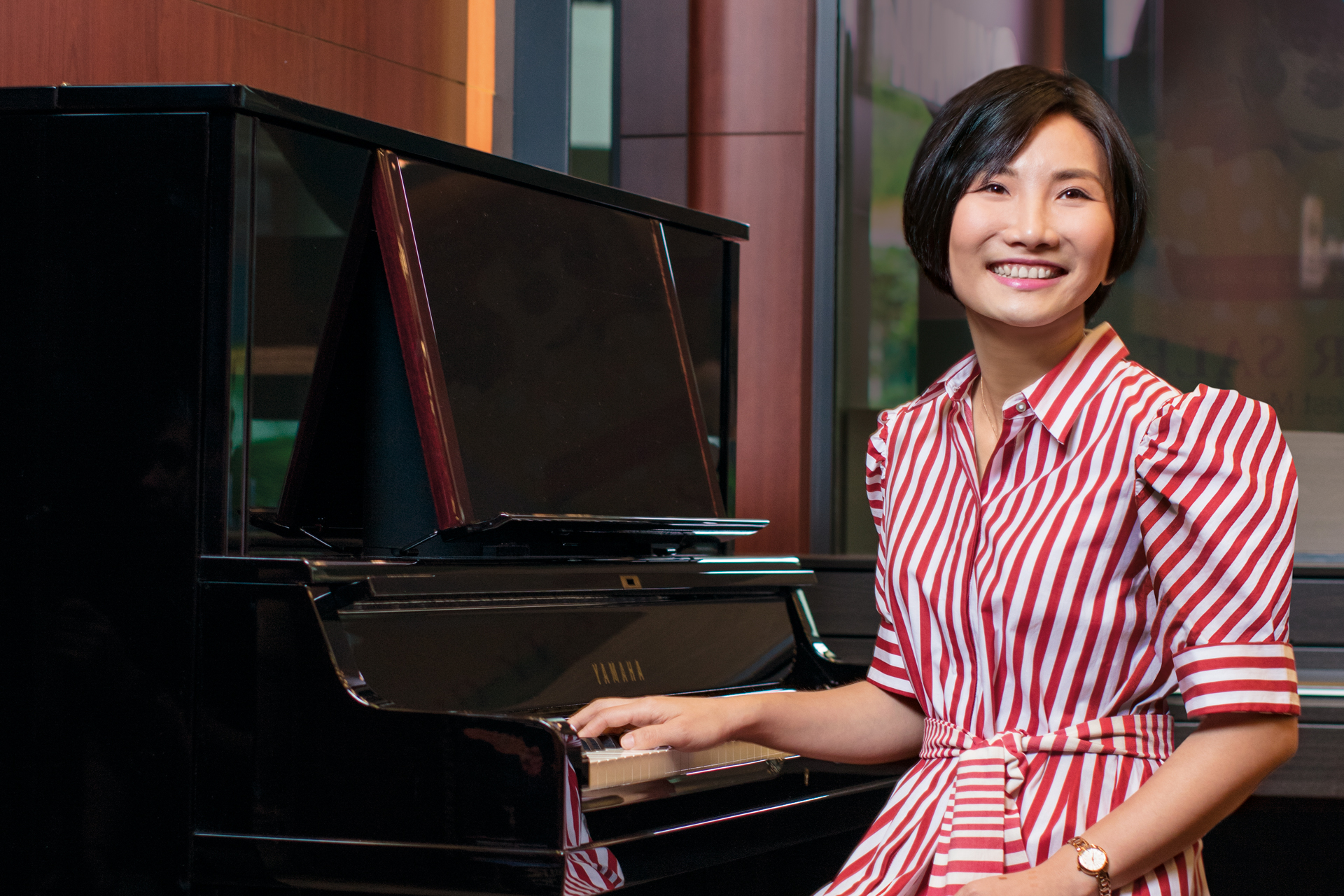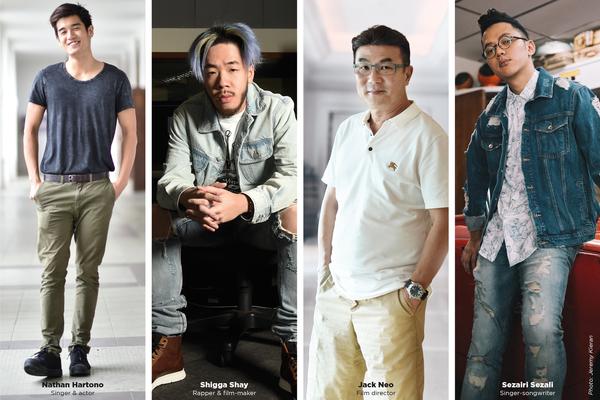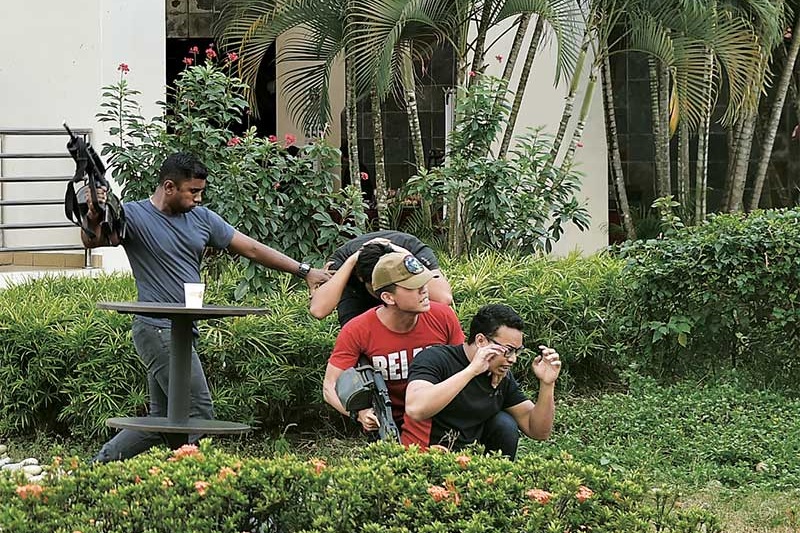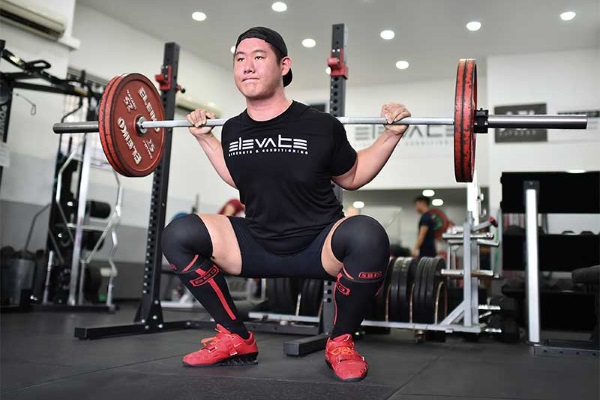PIONEER takes a closer look at how national servicemen have been helping to defend Singapore's skies since the 1970s.
1970
The Singapore Air Defence Command (SADC) - which transitioned into the Republic of Singapore Air Force (RSAF) in 1975 - took in its first batch of Full-time National Servicemen (NSFs).
The pioneer NSFs were posted as aircraft technicians in the SADC after their Basic Military Training. Of the 10 NSFs, four signed on as Regulars.
"The first time we got fighter aircraft, they were not new, and like old cars, they would break down. But we had a mission to see them fly - so we worked very hard and were able to solve most of the problems."
- 1st Warrant Officer (Ret) Tony Hui, 66, Senior Aircraft Technician. He was a pioneer NSF who enlisted in 1971 and became a Regular in 1972.
1979
As the RSAF added new platforms such as the Super Puma helicopter to its rotary-wing community, it also expanded its air defence artillery capabilities. The Singapore Air Defence Artillery (SADA) was established and initially took over two Army artillery battalions.
One was renamed 160 SADA and operated 35mm anti-aircraft guns. The other, which operated the Bloodhound surface-to-air missiles, was renamed 170 SADA. SADA rapidly built up a dense cover of ground-based weapon systems with NSFs and Operationally Ready National Servicemen (NSmen) at the frontline of the round-the-clock air defence.
"I was one of the pioneers of 160 Squadron (SQN) and three of us were selected for the Anti-Aircraft Gun Course in Switzerland. When we came back, we faced a very challenging job because we had to write the training format It was very hectic, but a good experience as a young person."
- Lieutenant (LTA) (Ret) Patrick Peh, 72, Air Warfare Officer (Ground-Based Air Defence). He served in the RSAF from 1970 to 1973 and returned to 160 SQN as an NSman.
1980
160 SADA, the air defence artillery arm of the RSAF, took part in an Air Defence Exercise in March 1980, the first overseas exercise for a RSAF National Service (NS) battalion. The four-day Integrated Air Defence System exercise was held in Singapore and Malaysia.
1981
To meet the increasing operational needs of the RSAF, the first Air Traffic Control Officers' (Reservist) course was conducted in October 1981 to convert civilian air traffic controllers into military controllers.
In the following month, the first batch of NSmen from the Civil Aviation Authority of Singapore reported for their In-Camp Training as Air Traffic Control Assistants at the Joint Air Traffic Control Centre. In that same year, the RSAF also took in airline pilots and people trained in air traffic control as NSmen who could be called upon in a military crisis.
Air traffic controllers work closely with pilots to safeguard the airspace.
MAJ (Ret) Ganesan during his on-the-job training at Tengah Air Base in 1975.
1994-1995
The RSAF trained its first batch of NSF Aircrew Specialists (ACSes) to be deployed to various helicopter squadrons. The ACSes worked alongside their Regular counterparts in missions such as search and rescue as well as humanitarian assistance and disaster relief. NSFs were also appointed as Air Operations and Communications Officers (now renamed Weapon Systems Officers - Command, Control and Communications) to perform precise air traffic control,
as well as Air Operations Specialists.
"We were in a room with nothing but a board to show the basic layout of the runway area. When an aircraft called us up, we used a pin on the board (to show its location)... If there were 20 aircraft, we had to memorise everything by heart - where they were going, where they were coming from. Today, this information is displayed on the radar - from the call sign to the height the aircraft is climbing."
- Major (MAJ) (Ret) Johnny Ganesan, 64, Air Operations and Communications Officer, on the difference in training today. He served in the RSAF from 1971 to 1999 and served his NS till 2003.
2015
The roles of NSFs and NSmen continued to expand as more NS aircrew were deployed for overseas missions.
In January 2015, the RSAF joined in the search for the ill-fated AirAsia flight QZ8501 that crashed en route from Surabaya, Indonesia to Singapore. The 20-day search involved two C-130 transport aircraft, and two Super Puma helicopters on board navy ships.
"In training, we're put through different scenarios so that we're prepared for real operations. I thought to myself: What if I knew someone on that flight? I took on the mindset that I was there searching for a person I know, and had to do my best to find him."
- 3rd Sergeant (NS) Goh Zhe-Wen, 23, ACS, who volunteered for the search operations. He served his
full-time NS from 2012 to 2014 and extended his service till 2015.
